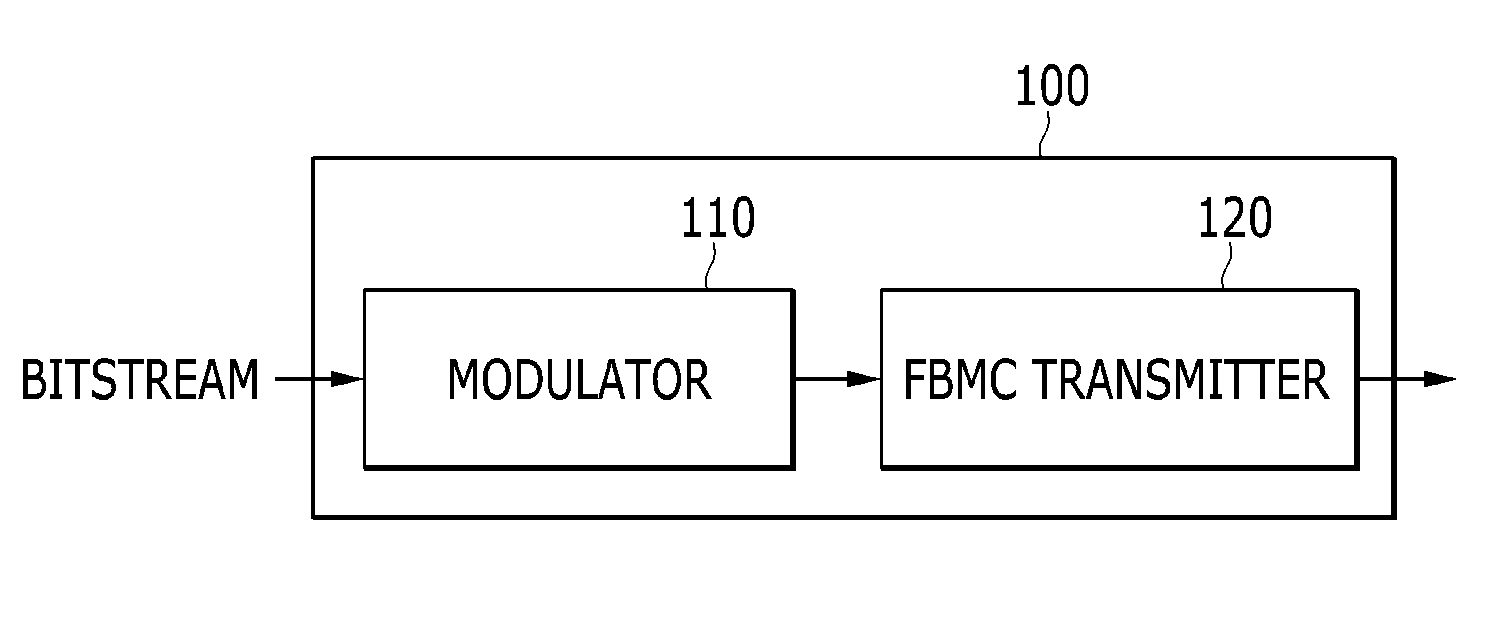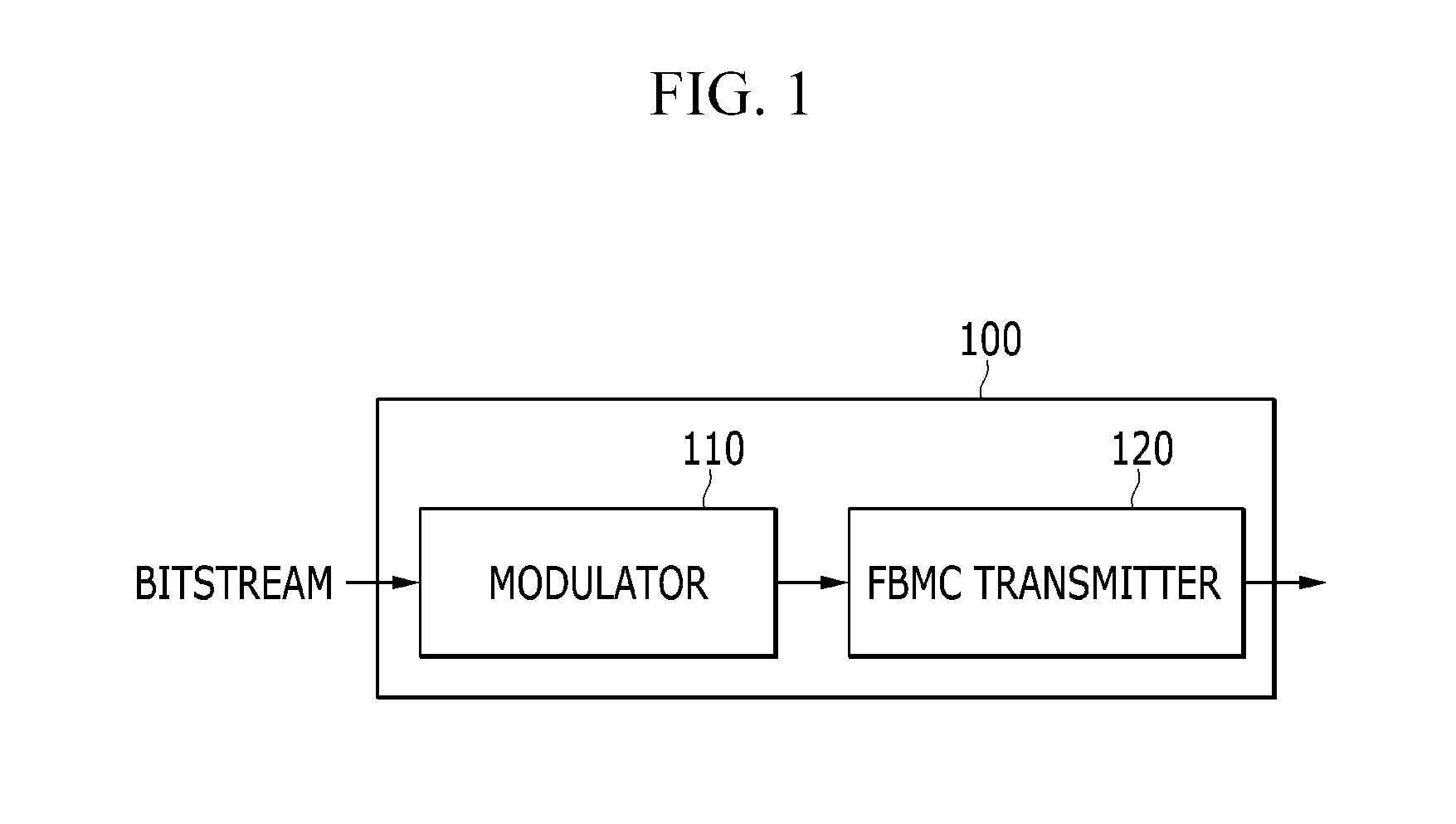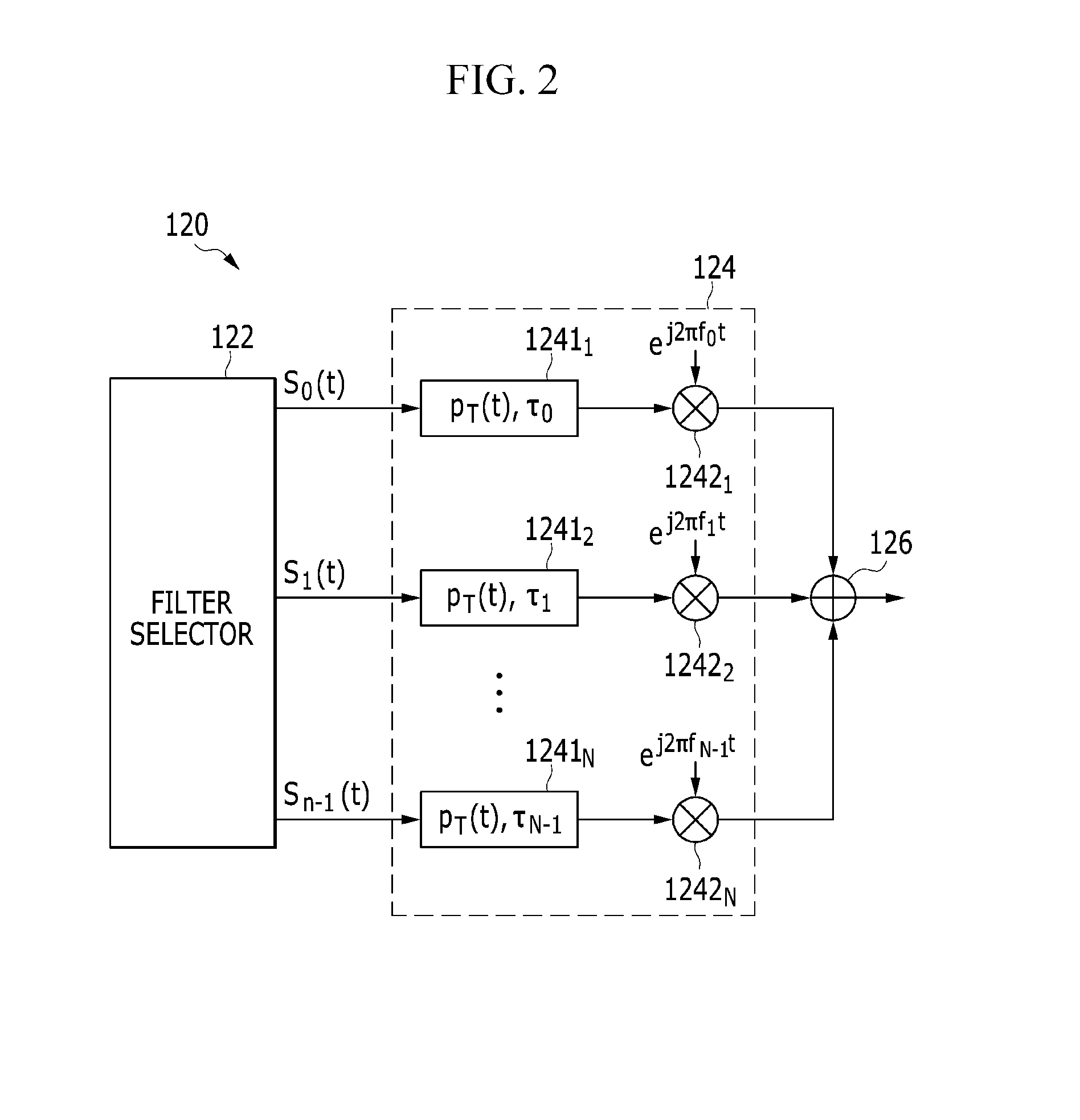Apparatus and method of transmitting data in multi-carrier system
- Summary
- Abstract
- Description
- Claims
- Application Information
AI Technical Summary
Benefits of technology
Problems solved by technology
Method used
Image
Examples
Embodiment Construction
[0027]In the following detailed description, only certain exemplary embodiments of the present invention have been shown and described, simply by way of illustration. As those skilled in the art would realize, the described embodiments may be modified in various different ways, all without departing from the spirit or scope of the present invention. Parts irrelevant to the description are omitted to clearly describe the present invention, and like reference numerals denote like elements throughout the drawings.
[0028]In the specification, when a certain part “includes” a certain component, this indicates that the part may further include another component instead of excluding another component unless there is a different disclosure.
[0029]Now, an apparatus and method of transmitting data in a multi-carrier system according to an exemplary embodiment of the present invention will be described in detail with reference to the drawings.
[0030]FIG. 1 is a view showing schematically showing ...
PUM
 Login to View More
Login to View More Abstract
Description
Claims
Application Information
 Login to View More
Login to View More - R&D
- Intellectual Property
- Life Sciences
- Materials
- Tech Scout
- Unparalleled Data Quality
- Higher Quality Content
- 60% Fewer Hallucinations
Browse by: Latest US Patents, China's latest patents, Technical Efficacy Thesaurus, Application Domain, Technology Topic, Popular Technical Reports.
© 2025 PatSnap. All rights reserved.Legal|Privacy policy|Modern Slavery Act Transparency Statement|Sitemap|About US| Contact US: help@patsnap.com



